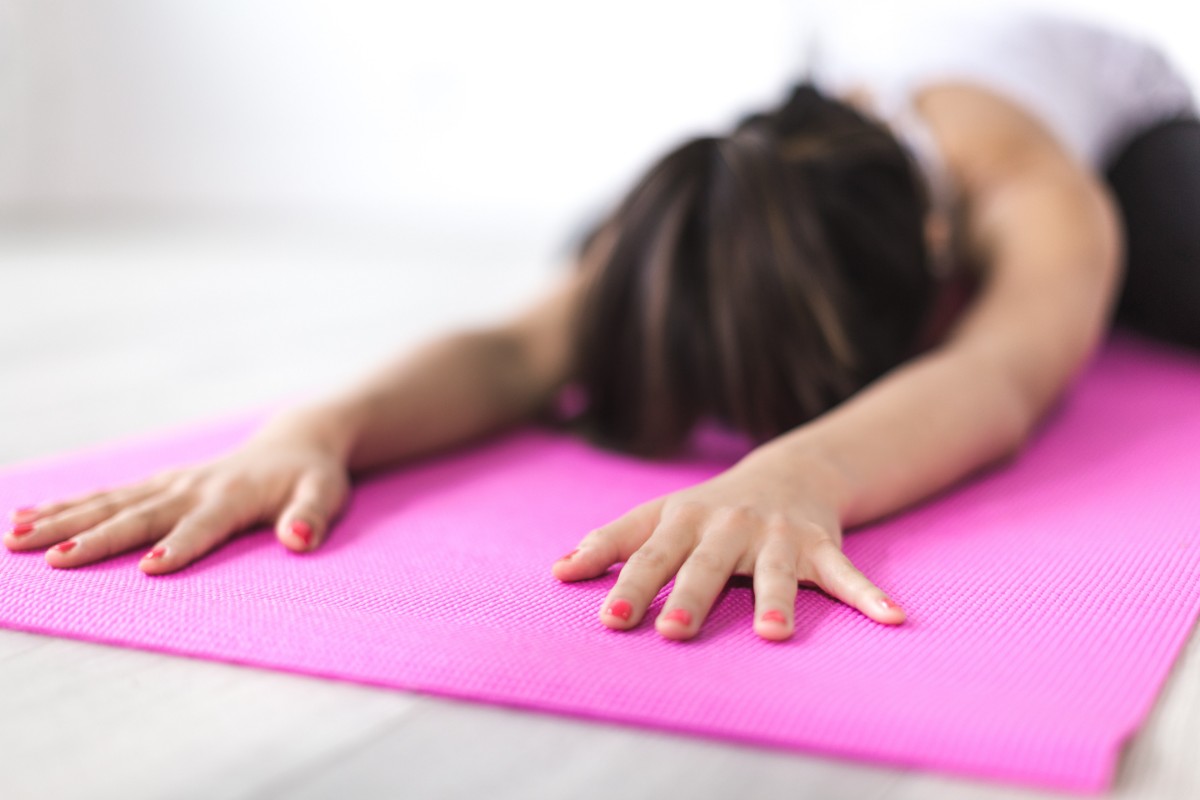Whether it’s an occasional restless night, chronic insomnia, or maybe just trouble turning off that over-thinking mind of yours, more and more research suggests that meditation could be the answer to your sleep struggles.
But, meditation isn’t always as easy as it seems.
Quieting your mind and achieving deep relaxation takes time and practice.
It can feel overwhelming to learn how to meditate, especially with all the distractions of regular life.
But the sleep benefits of meditation are well worth the time you put into it. Studies suggest that meditation can alleviate the symptoms of insomnia and may boost the production of melatonin , the sleep chemical.
Regular meditation can also promote better self-awareness and emotional well-being. It allows you the time and space to really evaluate how you feel and identify problematic thought patterns free from judgment. Even free your own judgment.
Practicing meditation can also give you a great sense of control over your own mind.
Who doesn’t want a little more of that in their lives?
So, how do you, a busy person with very little quiet time, meditate yourself to sleep?
Try this easy-to-do meditation routine:
Get Ready
Getting your space and your mind ready to meditate is one of the most important factors in how successful your meditation will be.
Prepare Your Space
A comfortable space is essential to restful meditation. Since the goal is quality sleep, you’ll most likely want to do this in the bedroom.
If you’re like a lot of people, your bedroom may not be as relaxing as it should be. Luckily, a few quick tweaks can take it from stress-inducing to restful:
- Put away the laundry
- Make the bed and/or fluff the pillows
- Put fresh sheets on the bed
- Put a few drops of a calming essential oil into a diffuser.
Set An Intention
Your intention is what you want to get out of your meditation session. Of course, your primary goal is to get better, more restful sleep. However, there is more than one way to set an intention. You aren’t limited to a straightforward “I want to fall asleep.”
A few things to think about when setting your intention:
- How long do you want to meditate?
- When do you want to fall asleep? At the end? 15 minutes after you’re done? In an hour?
- How do you want to feel while meditating?
- How do you want to deal with distractions? (They will happen, but we’ll talk about how to handle them later.)
You can even set an intention for how long you want to sleep, what you want to dream about, etc.
Remember: this meditation is yours. There is no right or wrong intention, just one that’s right for you!
If your intention is just to fall asleep, that’s completely okay!
Intention Tip:
When setting your intention, phrasing matters. Instead of “I want” use “I am.”
Example: I am sleeping soundly and having pleasant dreams. I wake up feeling well-rested.”
It might feel silly at first, but putting your intention in the present-tense really does help to keep you in the moment while you meditate.
Get Set
Your space is perfect, you’ve dialed in your intention. Now it’s time to get you ready.
Do Some Yoga
Yoga was originally created as a way to prepare both the mind and body for spiritual development. Using a simple yoga routine, you can release tension from your body, making it easier to clear your mind.
You can take as much or as little time to do yoga as you’d like and it can be as easy or as difficult as you choose. Just don’t make it too difficult. Don’t worry about getting a good workout in!
Child’s pose, easy pose, cow pose, cat pose, and downward dog are all some simple, low-impact poses you can use to get unwind. Avoid Sun Salutations, since these poses are meant to energize. Instead, try restful, restorative, or YIN poses to ready you for bed.
Try these 10 yoga poses from the founder of Mindful.org, Cyndi Lee. Taking a few minutes to stretch it out can put you on your way to better sleep.
Keep in mind…
The purpose of doing yoga here is to encourage your mind to relax by first making it easier for your body to relax. Don’t worry about whether or not you’re getting your workout on.
Get Comfortable
This could mean a few different things. You might go ahead and lay down in your bed or find the most comfortable position. Try sitting upright in the middle of your bed, on a cushion on the floor, or even laying down with your legs up the wall.
If you’re familiar with yoga asanas, you might simply end the routine with my personal favorite pose: Corpse Pose.
I love this pose because it leaves me feeling calm and just a little bit heady at the end of my routine. All you need to do is lie down on your back with your legs straight and arms at your side, imagining that all the tension is leaving your body with each breath.
Easy, right?
It’s pretty similar to the meditation technique we’re using.
Apart from the awesome name, Savasana (or Corpse Pose) is one of the most relaxing poses out there and often used at the end of a yoga routine because it can help promote a relaxed state of mind and body.
Regardless of whether you choose to be in bed or on your yoga mat, I recommend lying down instead of sitting, just in case you doze off!.
Go!
Okay, you’re here! You are ready to begin your meditation practice!
Meditate
Make sure that you’re completely comfortable in your bed or on your mat. Now close your eyes and breathe normally.
Focus on how it feels to draw that breath into your body and then release it back out.
Do you breathe deeply, into your belly? Maybe you pull your breath in with your chest. However you breathe, let that be the only thought that consumes you. Do this until your breathing becomes rhythmic and you feel your heart rate slowing a little.
Take stock of your entire body. How does your head feel? Your neck? Shoulders? Your elbows and so on. Be honest about how each area feels, accept or release it, and move on.
You’re not looking to instantly make everything feel better. You’re simply being realistic with and accepting of how your body feels in the moment.
Shift your focus over to the intention that you set. Say it out loud if that helps. Say it (out loud or in your mind) once or over and over as needed until you feel satisfied with it.
There is no exact amount of time that you need to do this, just until it feels right to you. Not sure when it’s right? Don’t worry about it. As you continue to practice meditating, you’ll start to notice that you’re more in tune with your body and what feels best for you.
Want a simpler meditation? Try this one from sleepfoundation.org or this one from gaia.com.
Distractions
If you find yourself getting distracted by stray thoughts (and you will) don’t fret! Just like you accepted how your body feels, accept these thoughts and let them go.
Don’t stress about losing your focus. Let the thoughts come, acknowledge them, and then send them on their way. Tell them it’s time to go if it feels right.
Then refocus on your breath.
How Long Should I Meditate?
That one is up to you. When you first start out, pick a time when you set your intention.
If you’re new to meditating, start small. Try 5 minutes of meditation at first and work your way up. Soon you may find that you lose track of time altogether, or just fall asleep!
What if I Fall Asleep?
Falling asleep during meditation is actually pretty normal — particularly for beginners.
If you’ve been struggling to get to sleep and experiencing sleep deprivation, getting into a deeply relaxed state could totally send you off to Snoozeville.
Finding the right balance between relaxed yet alert takes time and practice. So, if you fall asleep while meditating, take the nap that your body so badly needs. Then try again later!
Sleep well!











Join the GloWell Community on Social!
Don't risk missing a single thing. Follow us on social and become part of the GloWell community.